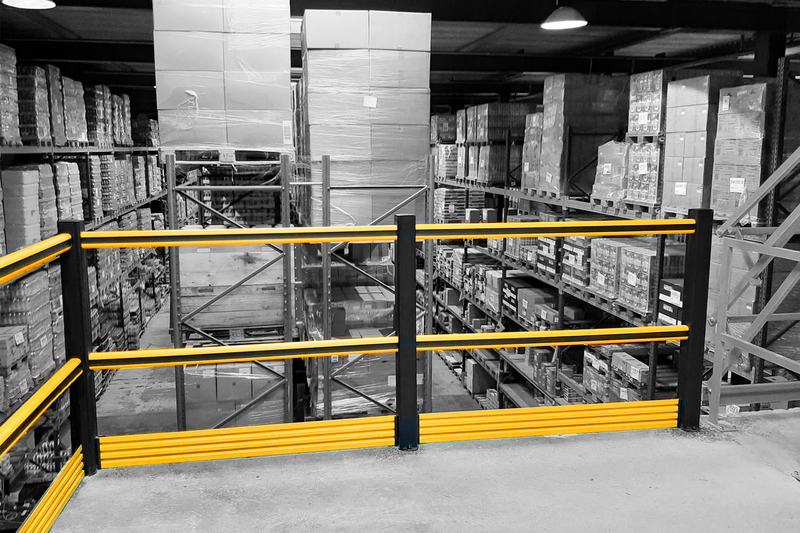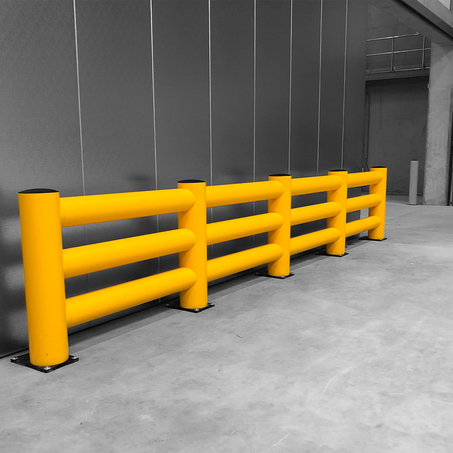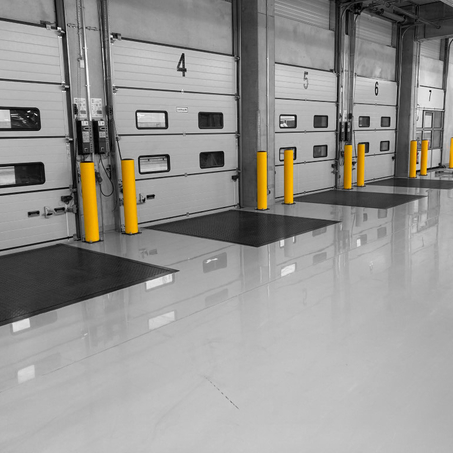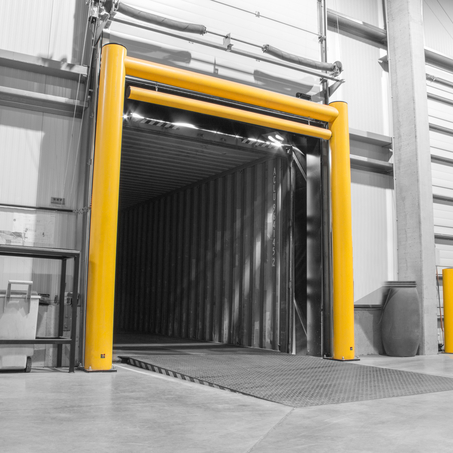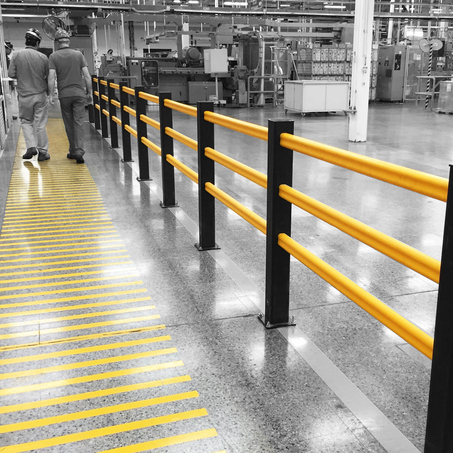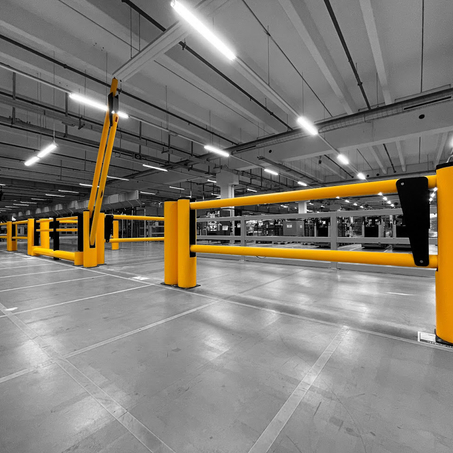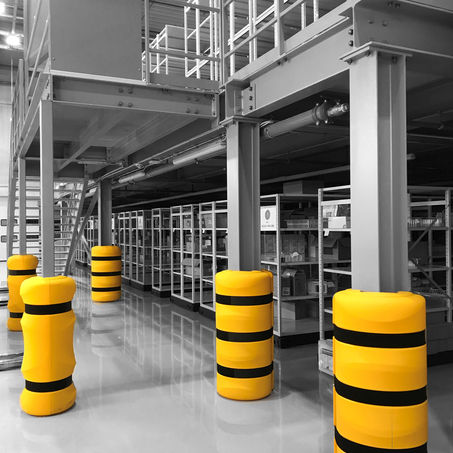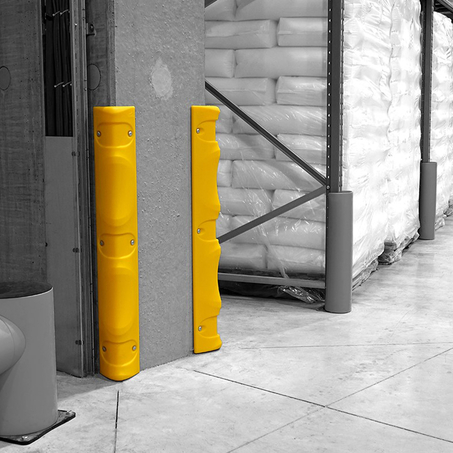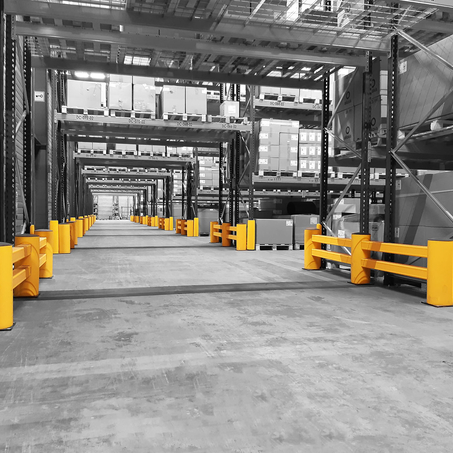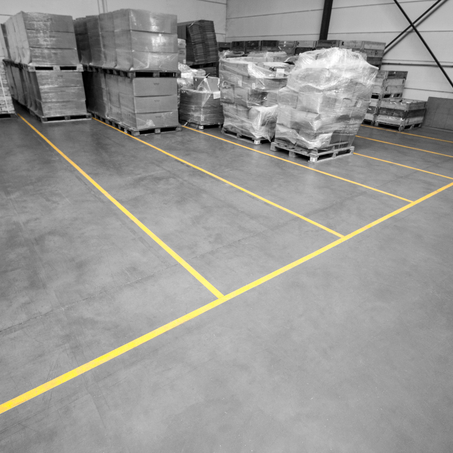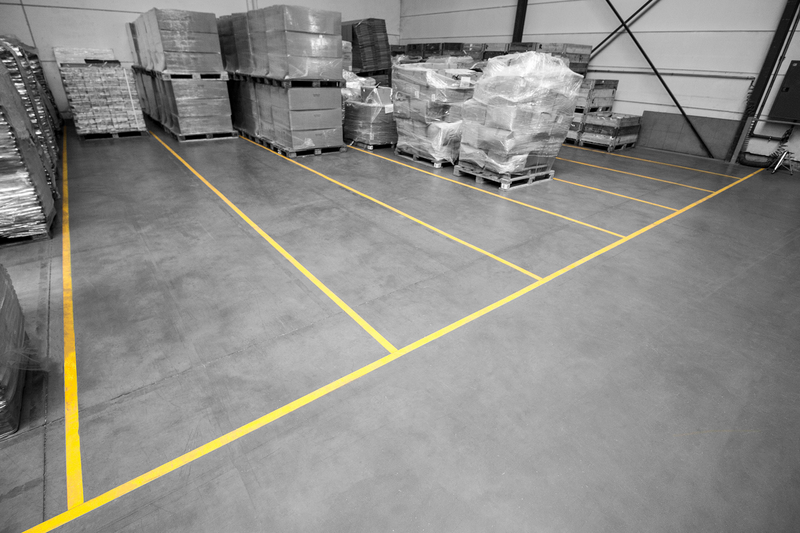Maintaining order in your warehouse: it's all a question of organisation.
Warehouse not in order? This can hinder your loading and unloading logistics flows. Optimum warehouse management starts with adapting your space to the goods you store. Think carefully about the layout of your shelves and employ efficient ways to fill them. How? This article explains how to do it.
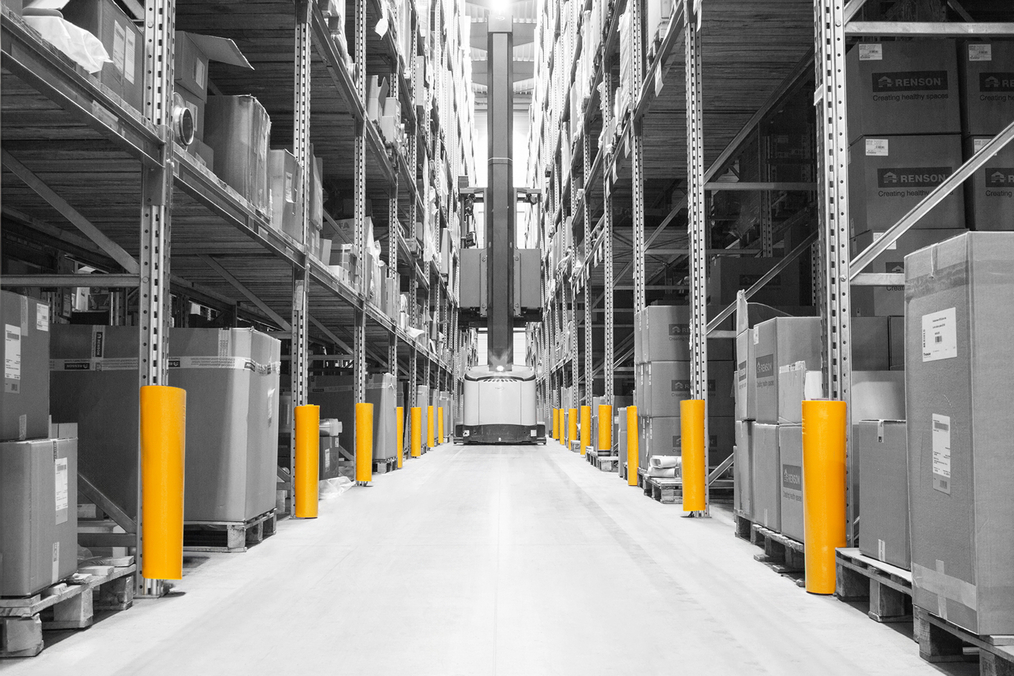
1. Managing space
For a warehouse to function as effectively as possible, it is important to match the space to the goods being stored. Space in a warehouse is limited by definition. There are a number of things to consider in order to create the ideal layout.
Size of the warehouse according to the goods stored there
By determining the exact size of the warehouse, you can optimise performance based on your needs and expectations. Do this before receiving any goods in order to avoid running out of space. To determine the size of your warehouse correctly, factor the following into your calculations:
- Total storage capacity
- Type and size of the goods to be stored
- Available aisle space
- Traffic flows in the warehouse
To calculate the storage capacity of your warehouse, you first need to know its volume. This volume is equal to the surface area of the warehouse multiplied by the maximum storage height. When you have this figure, subtract the amount of space available for storage. All you need to do now is calculate the size of the products and the regularity of the goods flow and circulation in your warehouse. Now you have the exact size of the warehouse. Once you have done this, you can move on to the second step: optimising the space you have available.
Optimising your space
For best performance, it is important to optimise your warehouse and manage the logistics flow on site. There are a number of things to factor in here:
- A (re)evaluation of the layout of the warehouse
- Labelling of the goods to be stored
- Streamlining of the order picking process
- Making an inventory of all inbound shipments
- A review of the building layout
- Maintenance of the warehouse itself
Determining the layout of your warehouse is critical for actually managing the space. Each employee should have free access to ensure the flow of logistics through the building. This means you need to maximise the floor space, label each asset, and reduce the impact of your product handling to ensure flexible, rapid access to each asset.
Implementing an organisation policy
Setting up your warehouse requires careful organisation, which you should evaluate on a regular basis. An evaluation will help you identify the advantages and disadvantages of your current site management techniques. It also paves the way for you to improve your organisation system and adapt your strategies to the movements of the logistics flow.
To help you define the best strategy for organising your logistics warehouse, we provide more information on the types of storage there are and the different ways to optimise your inventory management.
2. Storage options
Choosing the right storage strategy depends on the logistics flow in your warehouse. You can choose between two different methods to organise the handling of goods in your warehouse, namely the ABC method the FIFO/LIFO systems.
The ABC method
The ABC method involves classifying goods in order of importance. The products can be divided into three categories, ranging from higher-value goods to lower-value goods. They are then positioned on the rack based on these labels.
FIFO and LIFO
LIFO (last in, first out) and FIFO (first in, first out) are methods to manage the arrival and departure of goods in the warehouse more effectively. The FIFO principle is a dynamic system that works according to the chronological order of arrival, i.e. goods that arrive first are the first to leave the warehouse. This makes FIFO suited primarily for handling products with an expiry date. LIFO is the opposite of FIFO. Here, the products that arrive last are the first to be shipped.
Which type of storage is best?
After selecting the right method for storing goods, you can settle on the correct type of storage to facilitate the flow of goods through the warehouse. There are four types of storage:
- High-turnover storage is intended for goods where high incoming and outgoing volumes are the norm. The FIFO method should be used here.
- Storage on a mezzanine level: This optimises space by dividing the warehouse into two floors. With this type of handling, you need to pay close attention to safety and use machinery to move the products.
- Pallet storage: You can opt to store your goods on riser pallets or traditional pallets.
- High-rise are intended for racks measuring 7+ metres in height. This type of handling is intended for use in large warehouses and requires specific equipment, including guide rails, satellites in edge ladders, and so on.
Conclusion
The tips above will help you optimise organisation in your warehouse. While organisation and tidiness are important for preventing accidents, the protection measures employed in the warehouse are just as important. Even if a warehouse is very well organised, there is still a risk of a forklift truck colliding with a rack, which can have serious consequences. This makes safety barriers in the form of rack protection essential in a warehouse. Other safety barriers such as bollards, fencing, kick rails and the like are also designed to boost safety in your warehouse.
Want more information on how best to secure a warehouse with polymer safety barriers? Read the white paper on safety in the warehouse and distribution sector and find answers to all your questions involving safety.
